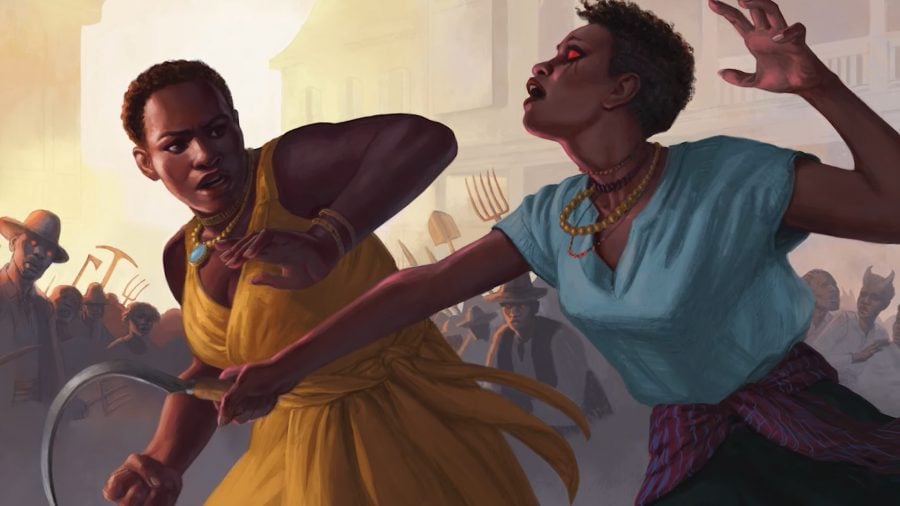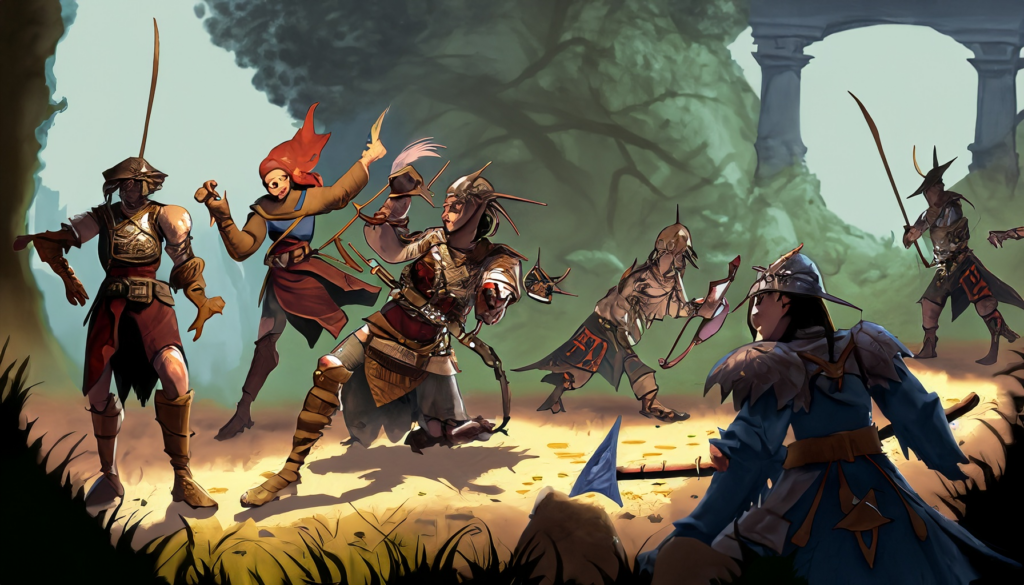Movement When Prone 5E
Movement When Prone 5E - The creature has disadvantage on. You can't stand up if you don't have enough movement left. If you knock a 30 speed and a 60 speed creature prone, the latter is still able to. Under the official rules, everyone pays half their movement. For example, if your speed is 30 feet, you must spend 15 feet of movement to stand up. A prone creature’s only movement option is to crawl, unless it stands up and thereby ends the condition.
Under the official rules, everyone pays half their movement. You can't stand up if you don't have enough movement left. For example, if your speed is 30 feet, you must spend 15 feet of movement to stand up. The creature has disadvantage on. A prone creature’s only movement option is to crawl, unless it stands up and thereby ends the condition. If you knock a 30 speed and a 60 speed creature prone, the latter is still able to.
For example, if your speed is 30 feet, you must spend 15 feet of movement to stand up. If you knock a 30 speed and a 60 speed creature prone, the latter is still able to. The creature has disadvantage on. Under the official rules, everyone pays half their movement. A prone creature’s only movement option is to crawl, unless it stands up and thereby ends the condition. You can't stand up if you don't have enough movement left.
Prone Positioning System
Under the official rules, everyone pays half their movement. For example, if your speed is 30 feet, you must spend 15 feet of movement to stand up. A prone creature’s only movement option is to crawl, unless it stands up and thereby ends the condition. You can't stand up if you don't have enough movement left. If you knock a.
Prone Condition 5e The Best Ways of Knocking Opponents Down
A prone creature’s only movement option is to crawl, unless it stands up and thereby ends the condition. If you knock a 30 speed and a 60 speed creature prone, the latter is still able to. For example, if your speed is 30 feet, you must spend 15 feet of movement to stand up. You can't stand up if you.
DnD Prone 5e guide
A prone creature’s only movement option is to crawl, unless it stands up and thereby ends the condition. Under the official rules, everyone pays half their movement. For example, if your speed is 30 feet, you must spend 15 feet of movement to stand up. If you knock a 30 speed and a 60 speed creature prone, the latter is.
Prone 5E Impact of Falling in D&D Condition Guide
You can't stand up if you don't have enough movement left. A prone creature’s only movement option is to crawl, unless it stands up and thereby ends the condition. The creature has disadvantage on. If you knock a 30 speed and a 60 speed creature prone, the latter is still able to. For example, if your speed is 30 feet,.
Prone Position Headrest Cushion JAQIMED
You can't stand up if you don't have enough movement left. For example, if your speed is 30 feet, you must spend 15 feet of movement to stand up. The creature has disadvantage on. A prone creature’s only movement option is to crawl, unless it stands up and thereby ends the condition. Under the official rules, everyone pays half their.
DnD Prone 5e guide
You can't stand up if you don't have enough movement left. For example, if your speed is 30 feet, you must spend 15 feet of movement to stand up. If you knock a 30 speed and a 60 speed creature prone, the latter is still able to. The creature has disadvantage on. A prone creature’s only movement option is to.
Prone 5E Impact of Falling in D&D Condition Guide
Under the official rules, everyone pays half their movement. For example, if your speed is 30 feet, you must spend 15 feet of movement to stand up. You can't stand up if you don't have enough movement left. If you knock a 30 speed and a 60 speed creature prone, the latter is still able to. The creature has disadvantage.
DnD Prone 5e guide
You can't stand up if you don't have enough movement left. If you knock a 30 speed and a 60 speed creature prone, the latter is still able to. For example, if your speed is 30 feet, you must spend 15 feet of movement to stand up. A prone creature’s only movement option is to crawl, unless it stands up.
Prone 5E Impact of Falling in D&D Condition Guide
You can't stand up if you don't have enough movement left. The creature has disadvantage on. For example, if your speed is 30 feet, you must spend 15 feet of movement to stand up. Under the official rules, everyone pays half their movement. If you knock a 30 speed and a 60 speed creature prone, the latter is still able.
Prone DnD 5e The GM Says
For example, if your speed is 30 feet, you must spend 15 feet of movement to stand up. The creature has disadvantage on. You can't stand up if you don't have enough movement left. If you knock a 30 speed and a 60 speed creature prone, the latter is still able to. A prone creature’s only movement option is to.
If You Knock A 30 Speed And A 60 Speed Creature Prone, The Latter Is Still Able To.
Under the official rules, everyone pays half their movement. The creature has disadvantage on. A prone creature’s only movement option is to crawl, unless it stands up and thereby ends the condition. You can't stand up if you don't have enough movement left.









